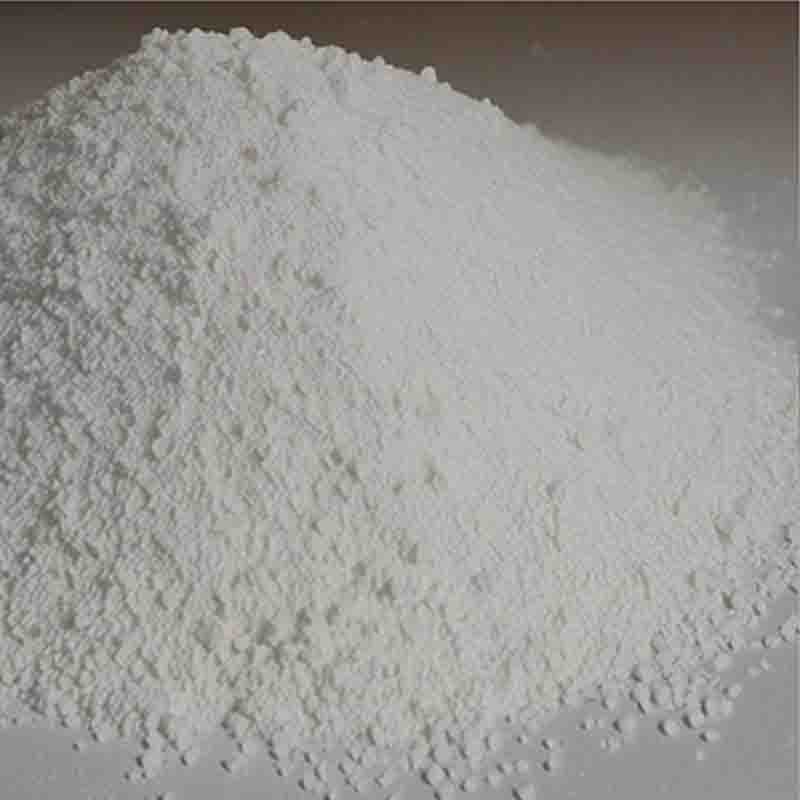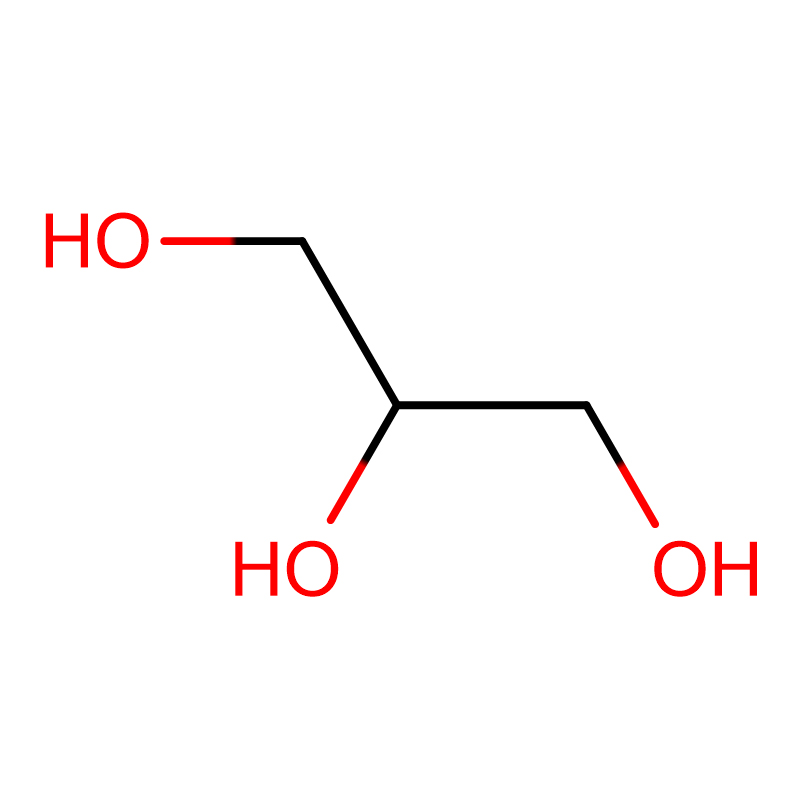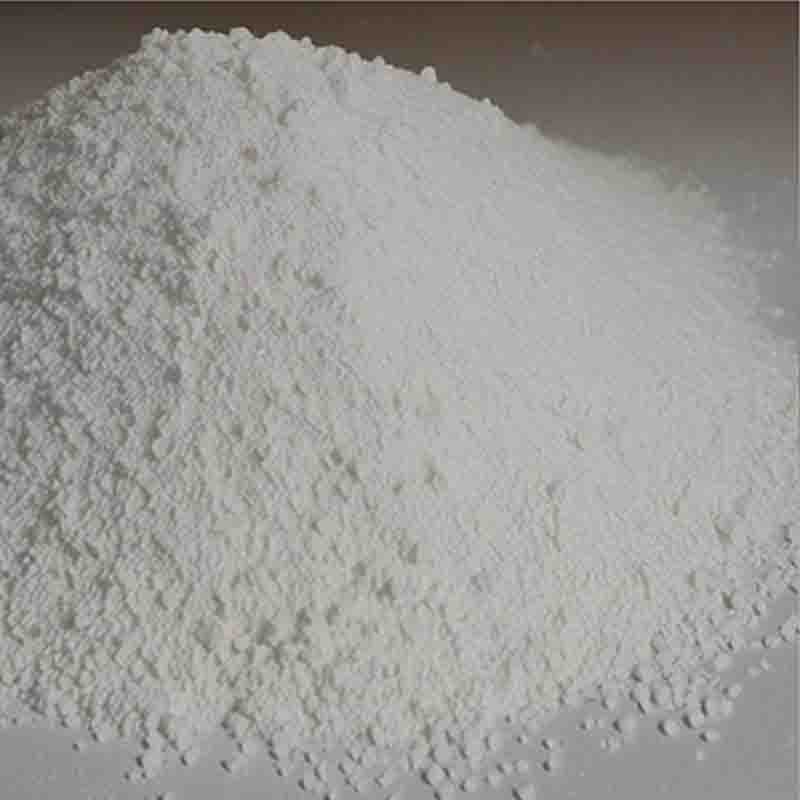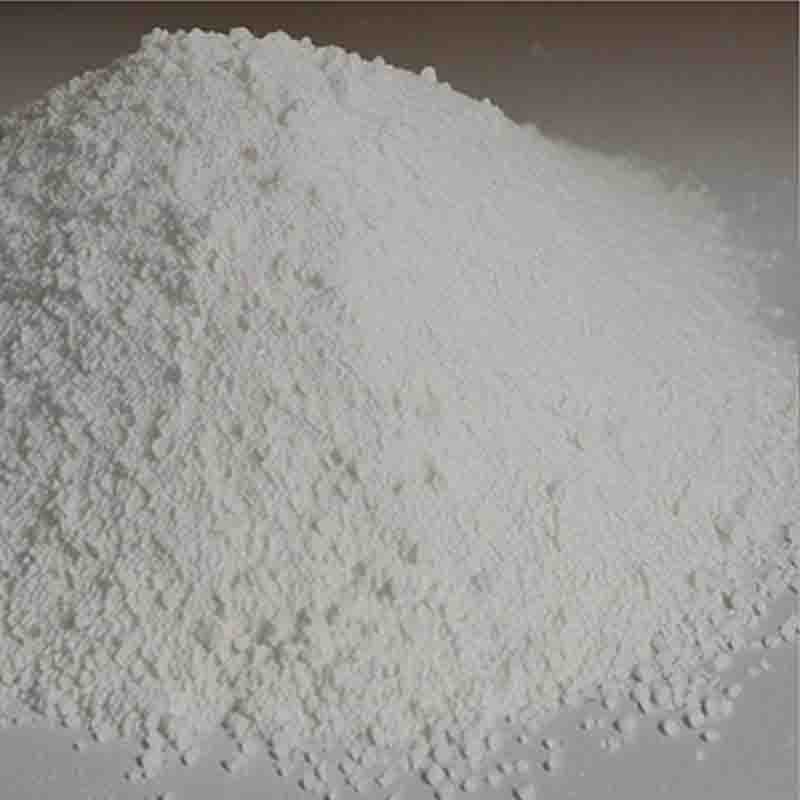Boc-Pyr-Oet CAS:144978-12-1
| Catalog Number | XD95826 |
| Product Name | Boc-Pyr-Oet |
| CAS | 144978-12-1 |
| Molecular Formula | C12H19NO5 |
| Molecular Weight | 257.28 |
| Storage Details | Ambient |
Product Specification
| Appearance | White powder |
| Assay | 99% min |
The Boc-Pyr-Oet effect is a phenomenon in organic chemistry that involves the stabilization of an acyl group by a neighboring pyrrolidine ring. This effect has been studied extensively and has important implications for the reactivity and stability of certain organic compounds.
The Boc-Pyr-Oet effect is named after the groups involved in the stabilization process: Boc (tert-butoxycarbonyl), Pyr (pyrrolidine), and Oet (ethyl). The effect occurs when an acyl group is attached to a pyrrolidine ring, and the presence of the pyrrolidine ring stabilizes the acyl group, making it less reactive and more stable.
One of the key aspects of the Boc-Pyr-Oet effect is the delocalization of the lone pair of electrons on the nitrogen atom of the pyrrolidine ring into the carbonyl group of the acyl group. This delocalization leads to a partial positive charge on the carbonyl carbon, which in turn stabilizes the acyl group. This stabilization makes the acyl group less prone to nucleophilic attack and increases its overall stability.
The Boc-Pyr-Oet effect has been studied in the context of various organic reactions, including acylation reactions and peptide synthesis. In acylation reactions, the presence of a neighboring pyrrolidine ring can significantly affect the reactivity and selectivity of the reaction. The Boc-Pyr-Oet effect can also influence the stability of peptide bonds in peptide synthesis, leading to the development of new strategies for the synthesis of complex peptides.
Overall, the Boc-Pyr-Oet effect has important implications for the design and synthesis of organic compounds. By understanding and harnessing this effect, chemists can develop new methods for the synthesis of complex molecules and gain a deeper understanding of the reactivity and stability of organic compounds. As research in this area continues, the Boc-Pyr-Oet effect is likely to play a significant role in the development of new synthetic methods and the design of novel organic molecules.





![2-bromo-N-[4-chloro-2-(2-chlorobenzoyl)phenyl]acetamide CAS:5504-92-7](https://cdn.globalso.com/xdbiochems/白色粉末21491.jpg)



